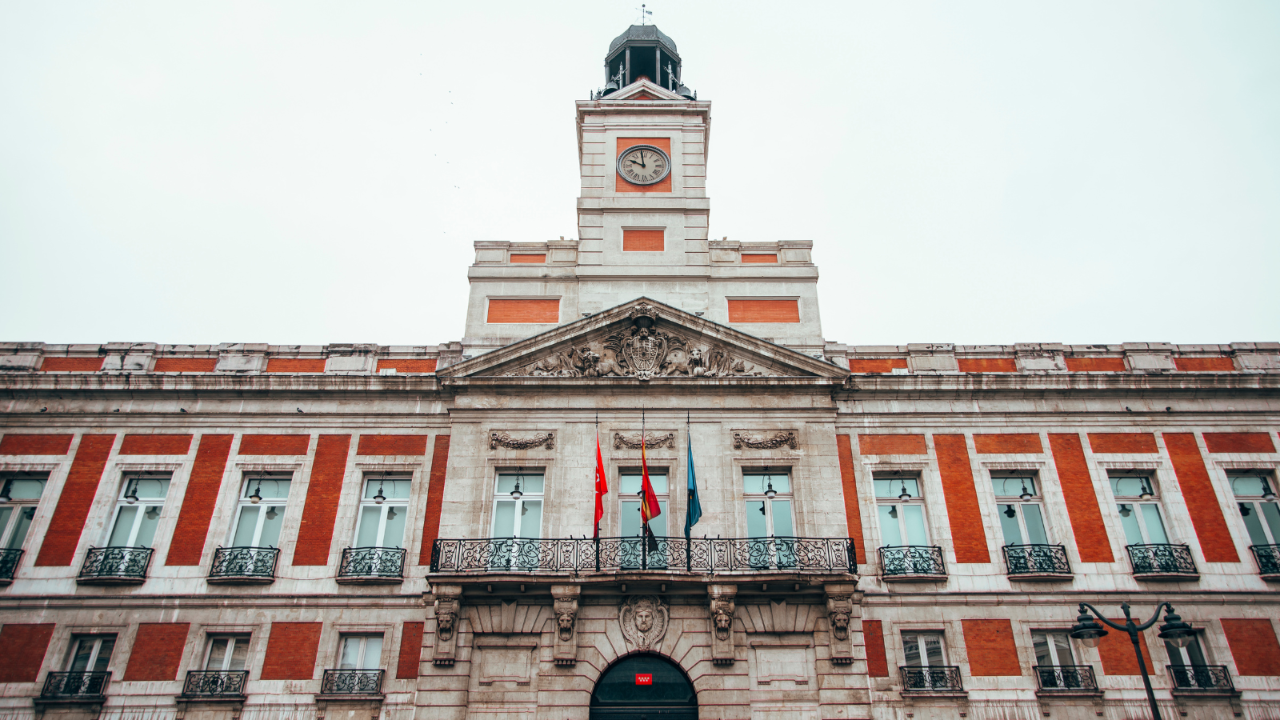The Official State Gazette (BOE) today publishes the declaration as a Place of Democratic Memory the Real Casa de Correos, the current seat of the Presidency of the Government of the Community of Madrid, and which was converted into General Directorate of Security during the Franco regime. This property played a “central role in political and social repression during several stages of contemporary Spanish history, especially during the dictatorship,” says the BOE.
The declaration as Place of Democratic Memory of this building, where “there were tortures and people who lost their lives to defend the return of democracy, is magnificent news for those of us who defend the freedom, rights and reparation of the victims,” said Angel Victor Torres, Minister of Territorial Policy and Democratic Memory, who believes that “all democrats” should “rejoice” in this declaration, “so that these ignominious acts never happen again.”
After the Spanish War, the General Directorate of Security “assumed a fundamental role in the surveillance, control and repression of republicans, socialists, anarchists, communists, liberals and anyone suspected of having sympathies for ideas contrary to the regime”, says the BOE, which emphasizes that there are “numerous testimonies” of people who survived interrogations that coincide in pointing out the “extreme brutality” with which these practices were executed, in what was a “symbol of human rights violations during Franco”.
Other statements like Places of Memory
In addition, the BOE will publish in the next few days the statements as Place of Democratic Memory of the Tapia of shooting of the Cemetery of East Madrid, known as the Almudena cemetery; and that of the Provincial Prison of Men of Madrid, popularly called the Carabanchel Prison.
The cemetery “witnessed” a period of enormous “violence and repression.” The tapia de la Almudena represents “one of the darkest episodes of Franco’s repression, and today it is a symbol of pain, resistance and the struggle for justice and truth,” says the BOE.
It is estimated that during the period between April 16, 1939 and February 1944, 2,936 people from numerous Spanish localities were killed in this place. At least 44 were executed in a vile garrotte and many others were shot in the southern wall of the necropolis.
Their bodies were buried in mass graves inside the cemetery itself. Among the victims are 80 women, including those known as ‘The Thirteen Roses’, shot on August 5, 1939.
As for the Carabanchel prison, this prison was lifted by the Franco regime between 1940 and 1944, and became “one of the repressive emblems of the dictatorship and symbol of the new penitentiary policy”, according to the file for the declaration of this enclave as Place of Memory. Among those imprisoned were some of the trade union and political leaders whose role was important in the Spanish transition to democracy.
Its location in Madrid was due to the fact that the main courts of repression were in the capital and it was from there that the cases for political crimes, homosexuality, masonry, anti-Franco propaganda and a long etcetera of crimes defined as such by the dictatorship were centralized.
In the cells of Carabanchel, dozens of prisoners spent their last hours before being executed, in extremely harsh living conditions, as a result of overcrowding, malnutrition, lack of medical attention and frequent ill-treatment by guards. The prison, which was built as a place of imprisonment, gradually became a focus of resistance and opposition to the dictatorship.
